For Bread Week 27, I decided to make pizza. This was a last-minute decision on my part, if you consider a decision on Sunday morning about Sunday evening dinner to be last minute. I wanted to make focaccia from a recipe that I love, but I would have had to start the dough the day before. Since I still wanted to have bread for dinner, pizza it was.
I'd planned for a while that the next time I made pizza, it would be the easy, no-knead pizza dough from Smitten Kitchen. This ended up being so easy to make that I see no reason to ever try a different pizza dough recipe.
The dough came together easily, in no more than 3 minutes. I left it alone all day, although I looked at it periodically to be sure that it was rising. The dough was easy to divide, and stayed put as I patted it out on my pizza pan. It baked quickly enough as well. If you're going to load your pizza down with sauce or toppings, you may want to prebake the crust for a minute or two to prevent it from becoming soggy, and you'll want to bake it the full amount of time. The crust was crunchy at the edges, and was neither too thick nor too thin. I'd probably halve the recipe next time to just make one pizza, although the pizza dough that I stored in the fridge for two days made a perfectly good pizza once it came to room temperature.
This was by far the easiest pizza dough recipe I've ever made, and I'd definitely make it again.
📖 Recipe

This pizza dough is the only one I ever need.
- 187 grams flour (about 1 ½ cups; if using whole wheat, use ⅔ all purpose flour and ⅓ whole wheat flour)
- ¼ teaspoon active dry yeast (for a 6-hour rise); ⅛ teaspoon yeast (for 10-12-hour rise); or 1/16 teaspoon yeast (for an overnight + all-day rise)
- ⅜ teaspoon table salt
- ⅝ cups water (5 ounces) (plus a tiny bit extra if necessary)
- olive oil for greasing the pan
-
Mix together flour, yeast, salt, and water until a rough ball forms. Add a tiny bit of extra water if the flour doesn't all mix in. Cover bowl with plastic wrap and let the dough rise on the counter for 5-6 hours (if using the ½ teaspoon yeast; otherwise adjust your rising time), until dough has about doubled in size.
-
Preheat oven to 500F. Turn dough out onto a well-floured surface. Roll a ball of dough loosely in flour, then stretch out gently. Place on an oiled pizza pan and pat/stretch dough into a 12-inch round. (Picture above is of a 12-inch round on a 14-inch pizza pan.) Since the dough is soft, the dough will stay put where you pat it. Repeat with second ball of dough, or refrigerate/freeze for later use.
-
Top pizza round lightly with toppings, or prebake for 2-3 minutes if you plan to top the pizza heavily. Bake pizza for 10-15 minutes (15 if you have a lot of toppings). Cool 5 minutes before cutting.

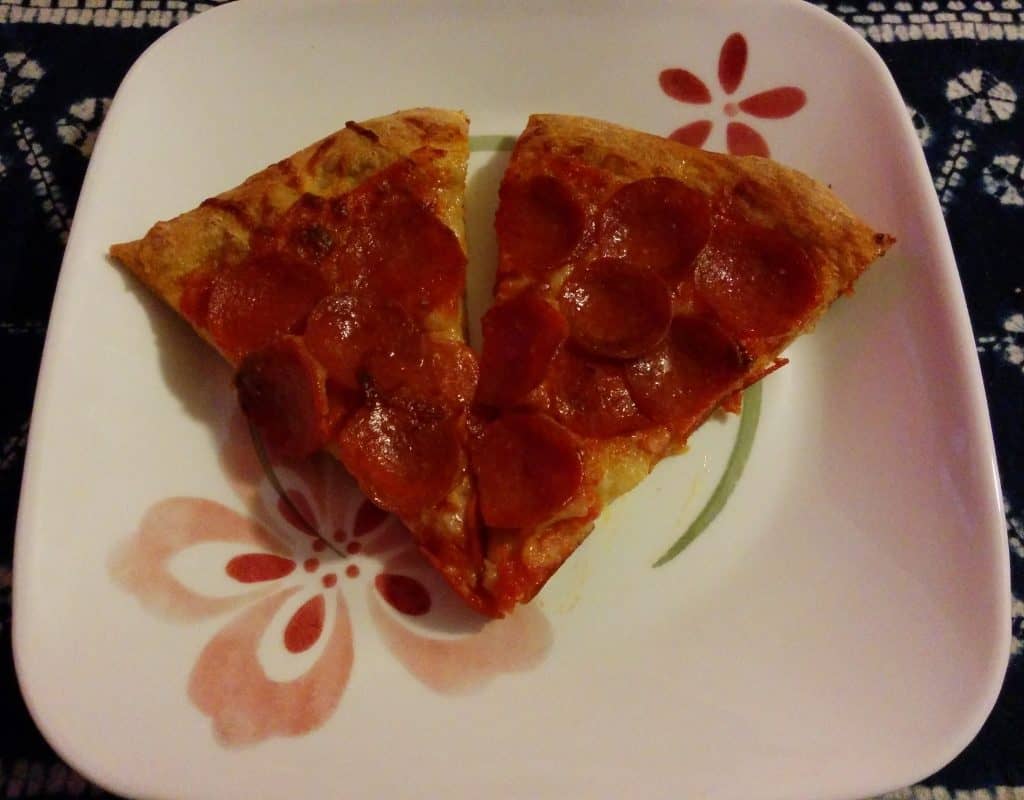
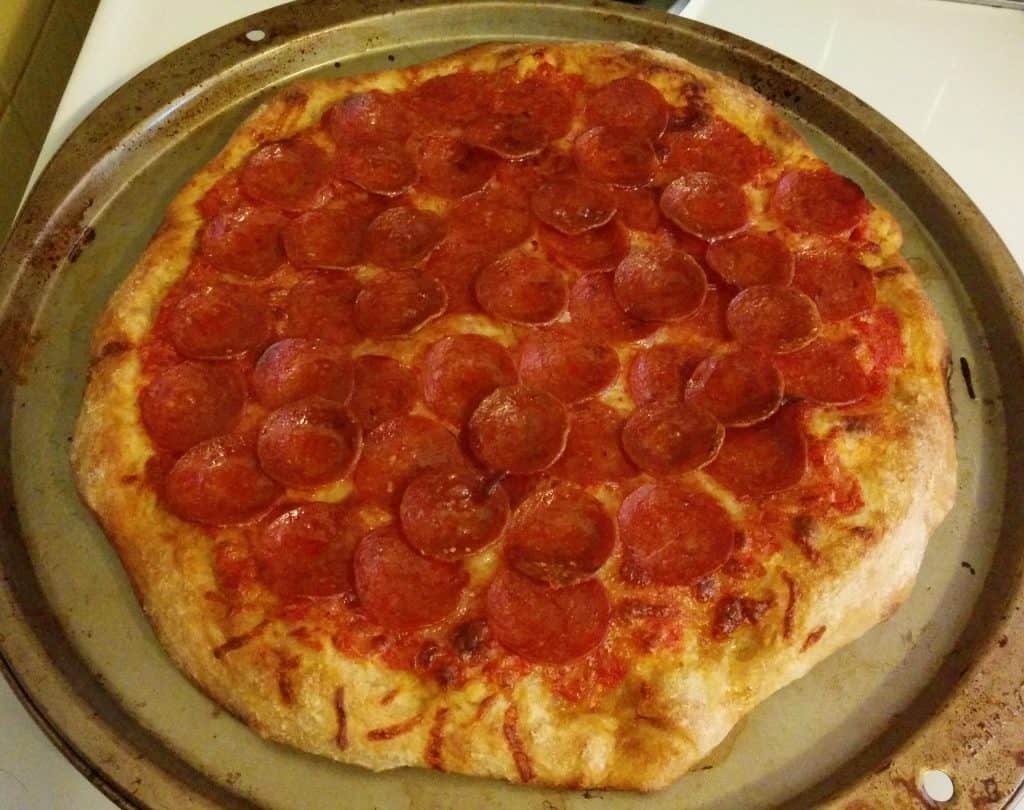
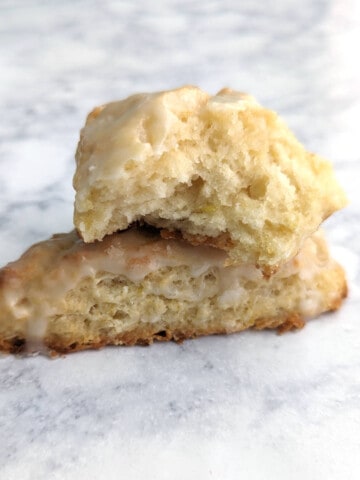
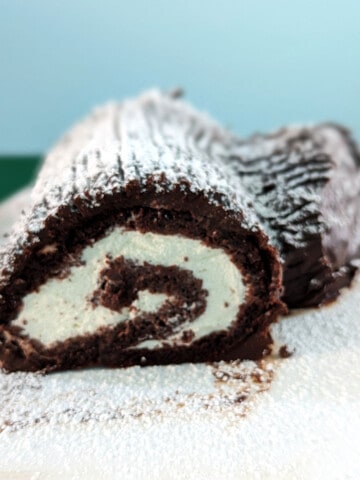
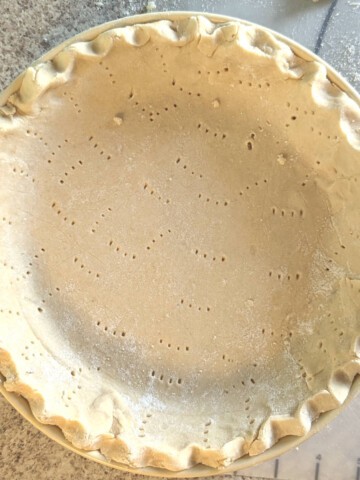
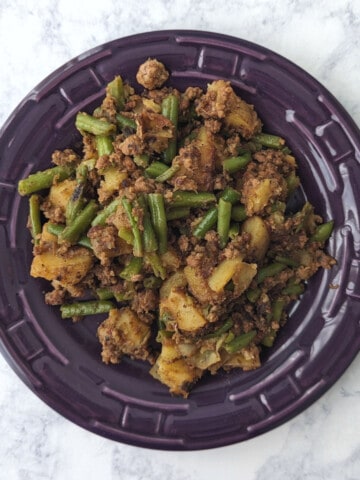
Leave a Reply